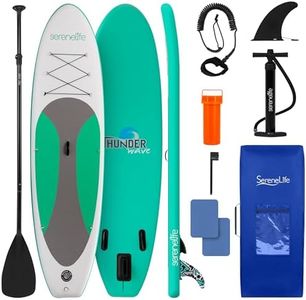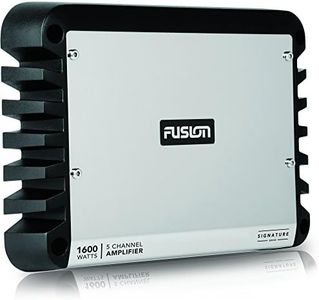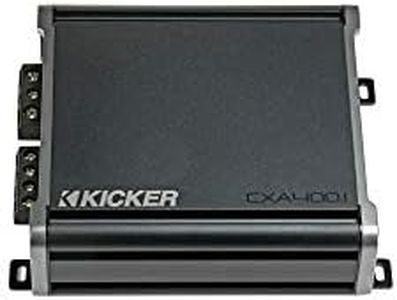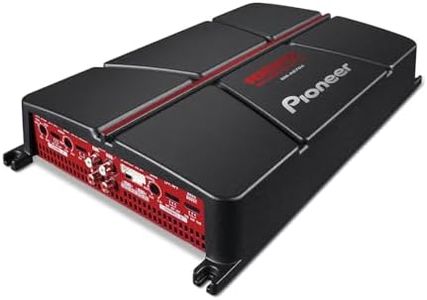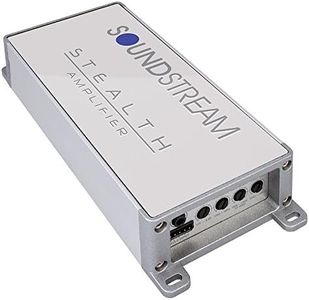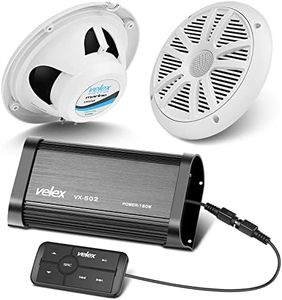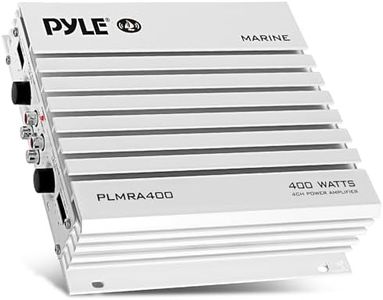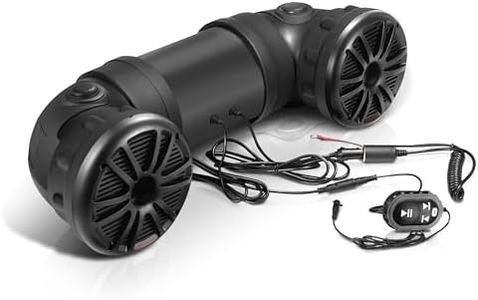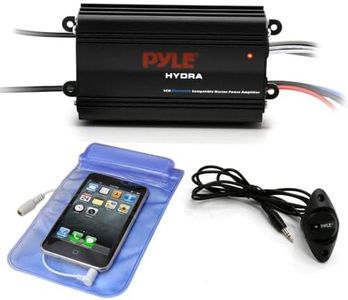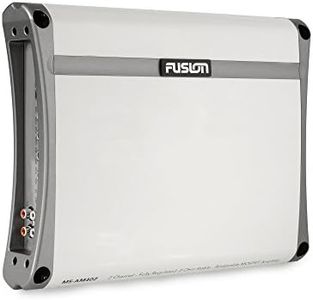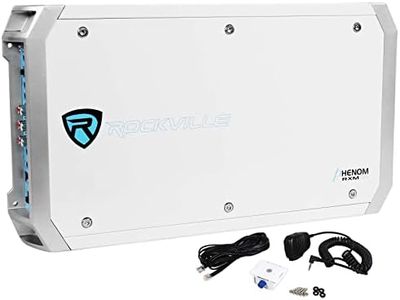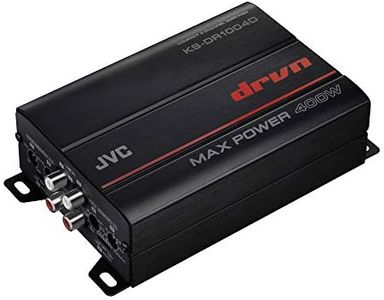We Use CookiesWe use cookies to enhance the security, performance,
functionality and for analytical and promotional activities. By continuing to browse this site you
are agreeing to our privacy policy
10 Best Marine Amplifiers
From leading brands and best sellers available on the web.By clicking on a link to a third party's website, log data is shared with that third party.
Buying Guide for the Best Marine Amplifiers
When choosing a marine amplifier, it’s important to remember that the conditions on a boat are much harsher than on land. You want an amplifier that not only delivers quality sound, but also withstands exposure to water, salt, and sun. Start by thinking about where and how you will use your amplifier—are you cruising quietly around a lake, or do you want music that can be heard over wind and engines out at sea? Your ideal marine amplifier should match both your listening needs and the specific challenges of the marine environment.Power Output (Watts RMS)Power output tells you how much continuous power the amplifier can supply to your speakers. This spec is important because it directly affects how loud and clear your music will sound, especially over external noise like wind or engine hum. Marine amplifiers often list RMS (Root Mean Square) wattage, which reflects real, usable power. Lower output (under 50 watts RMS per channel) is suitable for small boats or background music. Mid-range (50-100 watts RMS per channel) is good for most boats and balanced listening. High output (over 100 watts RMS per channel) is best for large boats, party environments, or if you crave loud, impactful sound. Consider your typical volume needs and match the watts RMS to what your speakers can handle for the best, distortion-free performance.
Number of ChannelsThe number of channels tells you how many separate speakers (or subs) you can connect to the amplifier. This is important for designing your boat’s sound system layout. Mono (1-channel) amps are typically meant for subwoofers. Two-channel amps can power two speakers or be bridged for a sub. Four-channel amps let you connect four speakers, or two speakers and a sub. More channels allow more customization; for instance, a 5-channel amp could run four speakers and a sub from a single device. Your choice depends on how many speakers you want to install—always choose an amp with at least as many channels as you have speakers or subs.
Marine Certification (Waterproofing and Corrosion Resistance)Marine certification details how well the amplifier can resist water, corrosion, and UV exposure. This isn’t just marketing: marine-grade amps are built with coated circuitry and sealed cases to prevent damage from moisture and salt. Basic water resistance might protect against light splashes, while higher certifications (commonly labeled as IPX5 or IPX6) indicate robust protection against heavy sprays and even washdowns. If your amplifier will be in an exposed area, prioritize a higher level of marine certification. For use inside a cabin or under a console, basic marine certification may be sufficient.
Size and Installation FlexibilityThe physical dimensions of the amplifier and its mounting options are crucial in a boat, where space is often tight and installation locations are limited. A compact amplifier is easier to fit in small compartments but may have lower power output. Larger amplifiers generally need more space, better airflow, and sturdy mounting points. Think about your available space and where you plan to mount the amp—measure carefully and ensure the amp you choose will fit comfortably without exposure to unnecessary moisture or heat.
Input Options and ControlsInput options refer to how you connect your audio source to the amplifier—look for RCA inputs, high-level/speaker-level inputs, or even Bluetooth compatibility. These are important if your boat’s stereo is aftermarket or if you use portable music sources. Amplifier controls let you fine-tune your sound with features like gain control, high-pass or low-pass filters, and bass boost. Basic controls are enough for simple systems, but more advanced controls can help you achieve better sound tailored to your environment. Think about what you want to connect and how much sound adjustment you desire when evaluating input options and onboard controls.
